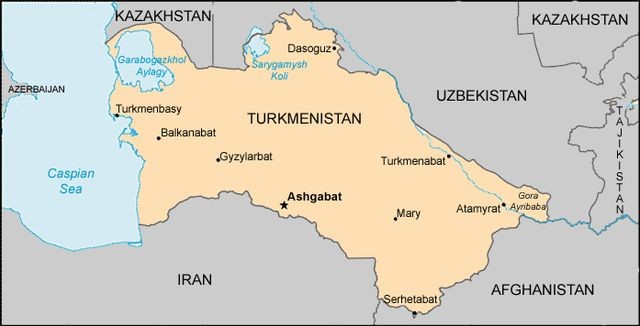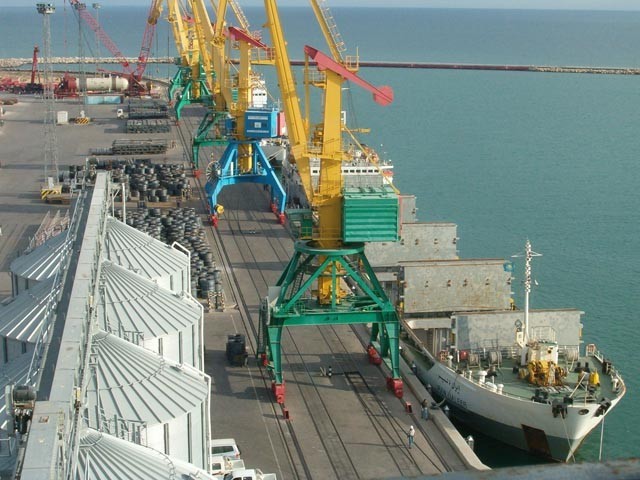BISHKEK (TCA) — Kyrgyzstan’s resort city Cholpon-Ata on July 21 hosted the fifth International Investment Forum "Issyk-Kul 2018". President of Kyrgyzstan Sooronbai Jeenbekov declared 2018 the Year for the Regions’ Development, therefore the forum was devoted to the support of small and medium businesses, infrastructure development of the regions and ways to attract investments there. Open to cooperation "Together with partners in the Eurasian Economic Union, World Trade Organization and other integration associations, Kyrgyzstan has opened access of domestic and foreign businesses to promising markets," First Deputy Prime Minister of Kyrgyzstan Kubatbek Boronov said at the forum. It is necessary to build innovative business interaction in conditions of developing global logistics and high-tech instruments of trade and commercial operations which are blurring the borders and the distance between countries and people, Boronov added. Promotion of investments together with introduction of modern information technologies will help boost the country’s regions, he concluded. The Issyk-Kul forum has been held annually since 2014 by the Investment Promotion and Protection Agency of Kyrgyzstan (IPPA) with the support of the Huahe international consulting company and the local authorities of the Issyk-Kul province. Every year the organizers choose a certain topic of the forum. For example, the forum agenda in 2017 was new opportunities and prospects in the Eurasian Economic Union. In 2016, the forum was dedicated to deepening business cooperation in the agro-industrial complex, tourism and ecology. Participants and presentations Representatives of DP World (a leading enabler of global trade and an integral part of the supply chain, which has a portfolio of 78 operating marine and inland terminals in 40 countries across six continents) and the Fujairah Chamber of Commerce and Industry from the UAE, the BAIC GROUP Chinese automotive corporation and the delegation of the Eurasian Economic Commission attended the forum. Deputy Chairperson of the Standing Committee of the People's Congress of the Hubei Province of China, Wang Ling, spoke about business opportunities in her region, taking into account the development of modern technologies and integration of business in making decisions important for the country. The forum guests were presented Kyrgyzstan’s investment opportunities. Representatives of the business community voiced their proposals for digital commerce.For the first time, the forum was online, and investors can now find it on social networks to contact interested companies or the Investment Promotion and Protection Agency. Reporting on the work done, IPPA Director Shumkarbek Adilbek uulu told about two cooperation agreements signed for $33 million — on the establishment of an industrial park in Ivanovka village in the Chui oblast and on processing of mining raw materials at the Kan lead and zinc deposit in the Batken province in the south of Kyrgyzstan. The Investment Agency, with the technical support from the Aid for Trade UNDP project, organized B2B meetings with business representatives from Uzbekistan, Russia and China. As a result of negotiations, five domestic companies signed six trade contracts for a total of 132.2 million soms, or $1.93 million. Contracts for the supply of honey, trout, limestone,...






